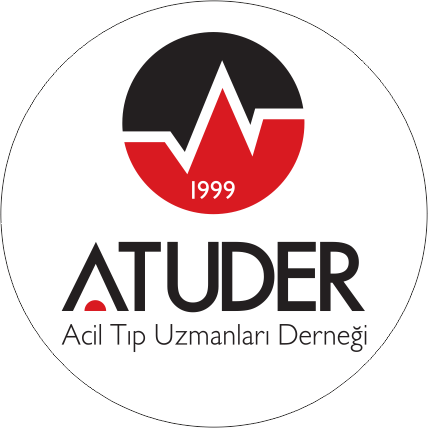ABSTRACT
Objective:
Blunt chest trauma (BCT) is an important problem in emergency services and Intensive Care Unit (ICU) due to high morbidity and mortality. Some aspects of pulmonary contusion of BCT have not been evident. We aimed to investigate the effects of BCT on the blood gas, biochemical parameters and microscopic and macroscopic level of lung by using a novel trauma model.
Materials and Methods:
The rabbits were separated into two cohorts of seven. (trauma and control groups). Standardized blunt force was applied to the thorax of animals in the trauma group. Calculated energy via Newton Law was focused on the chest. Blood pressure, heart rate, respiratory rate, arterial blood gases and biochemical levels were recorded. Histopathological examinations of the lungs were performed.
Results:
The cardiovascular response to the injury was tachycardia in the trauma group. Pulmonary responses observed in the trauma group relative to control animals were a decrease in SO2, PO2 and an increase in CO2. Biochemical injury markers found to be elevated in the experimental group. After the in vivo phase of the study, histological assessment confirmed features characteristic of pulmonary contusion. No signs of abdominal injury were observed in experimental animals on necropsy.
Conclusion:
We suggest that this model is an alternative way for clinical investigation of different drugs effective in bilateral blunt chest trauma. Our developed model is practical, cheap and useful and the experimental values can be changed easily.



